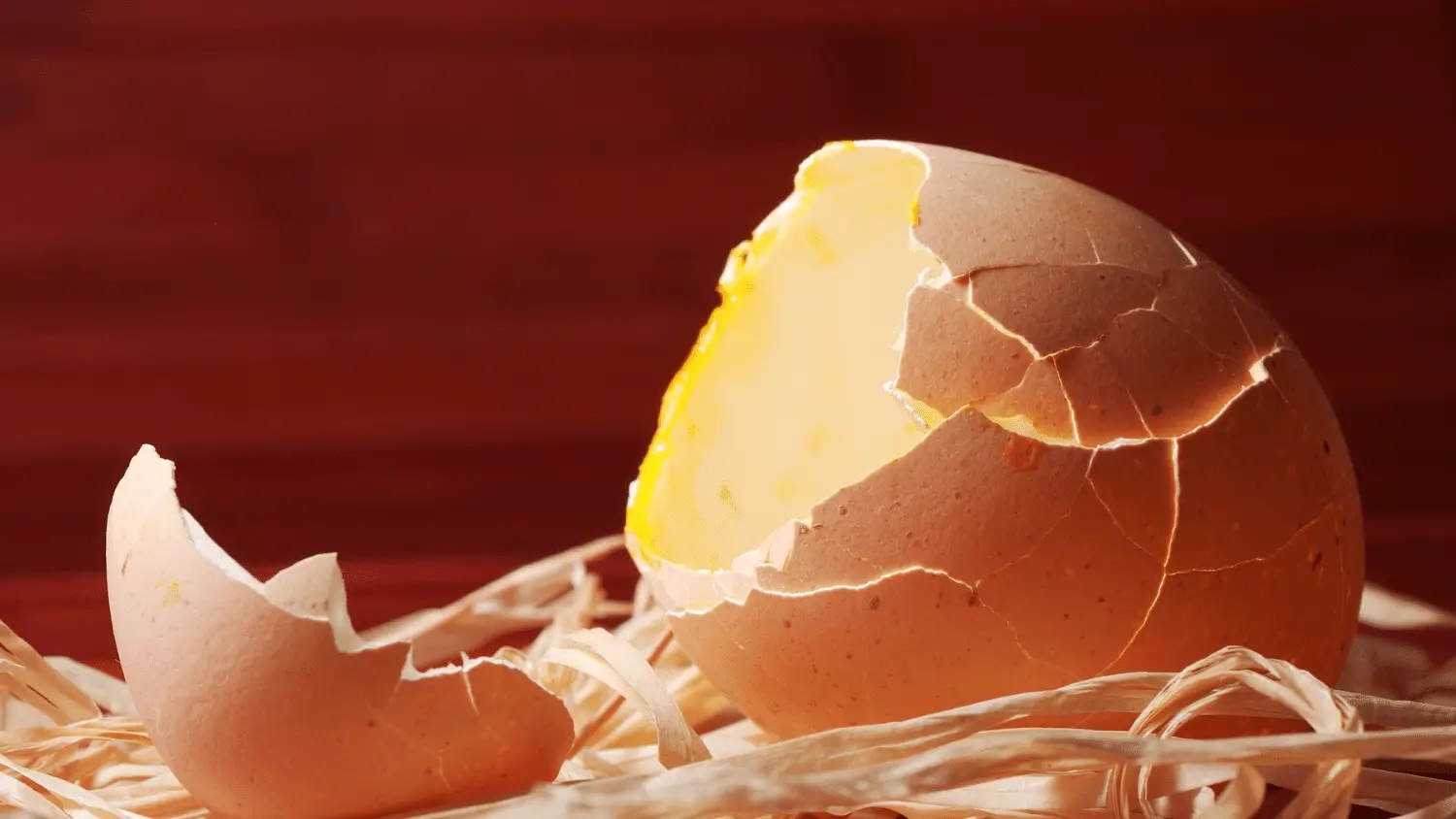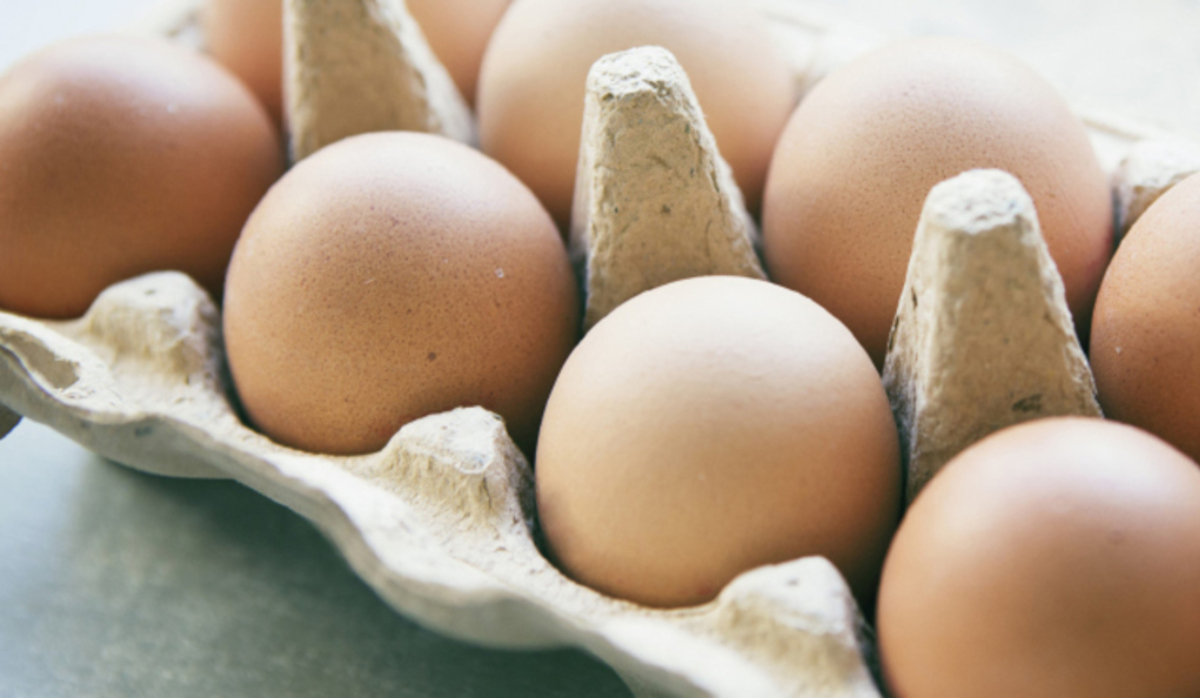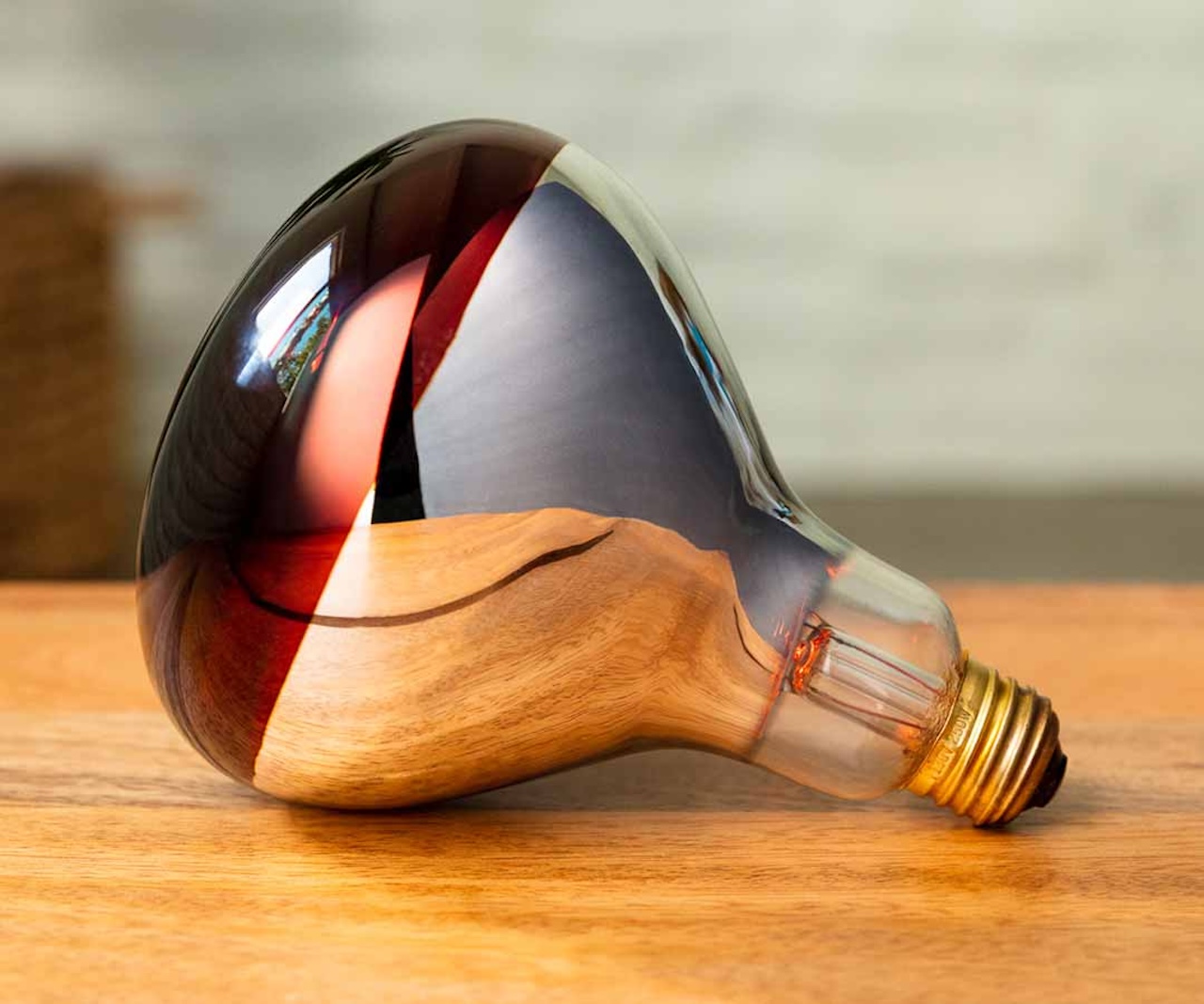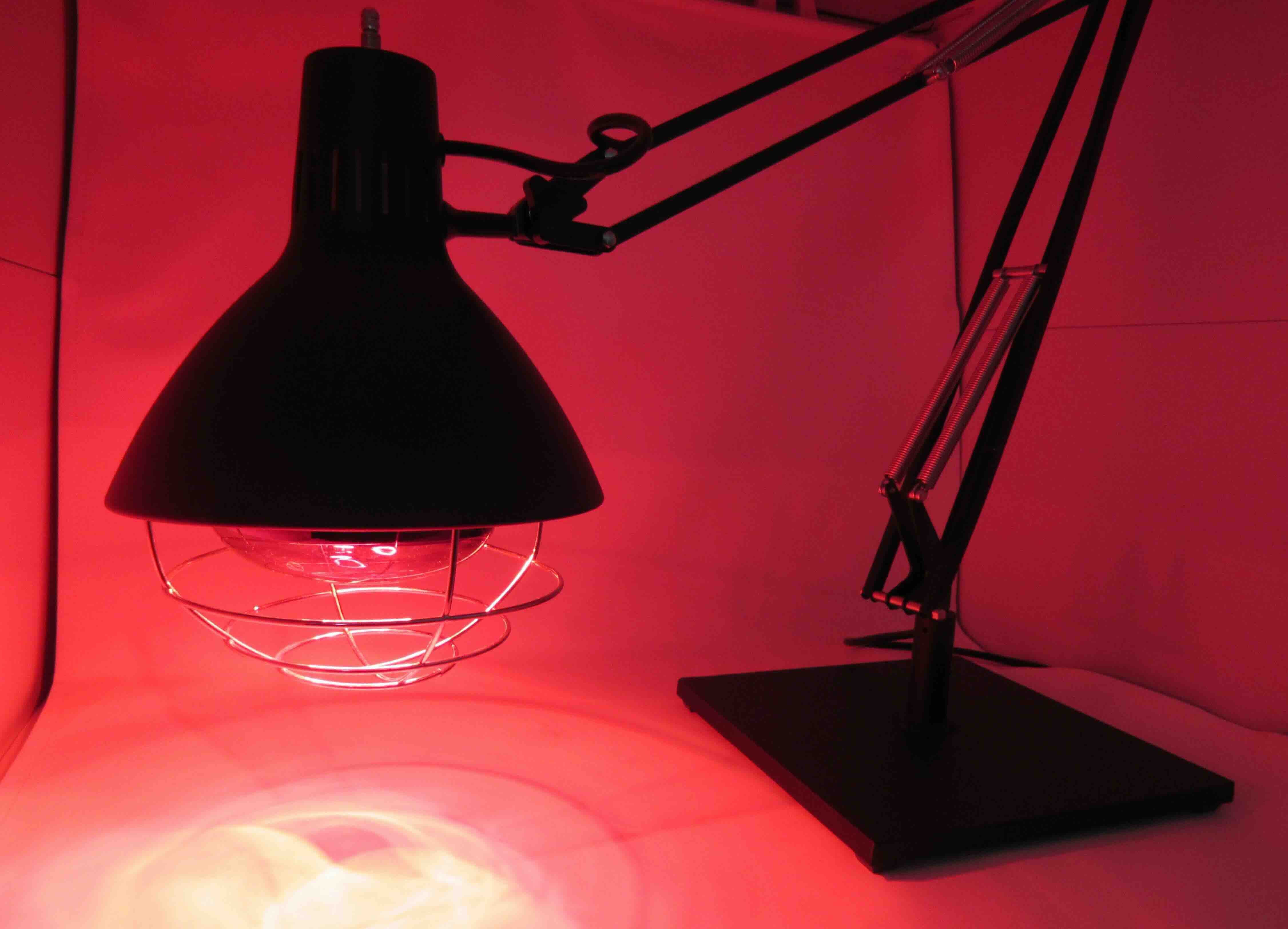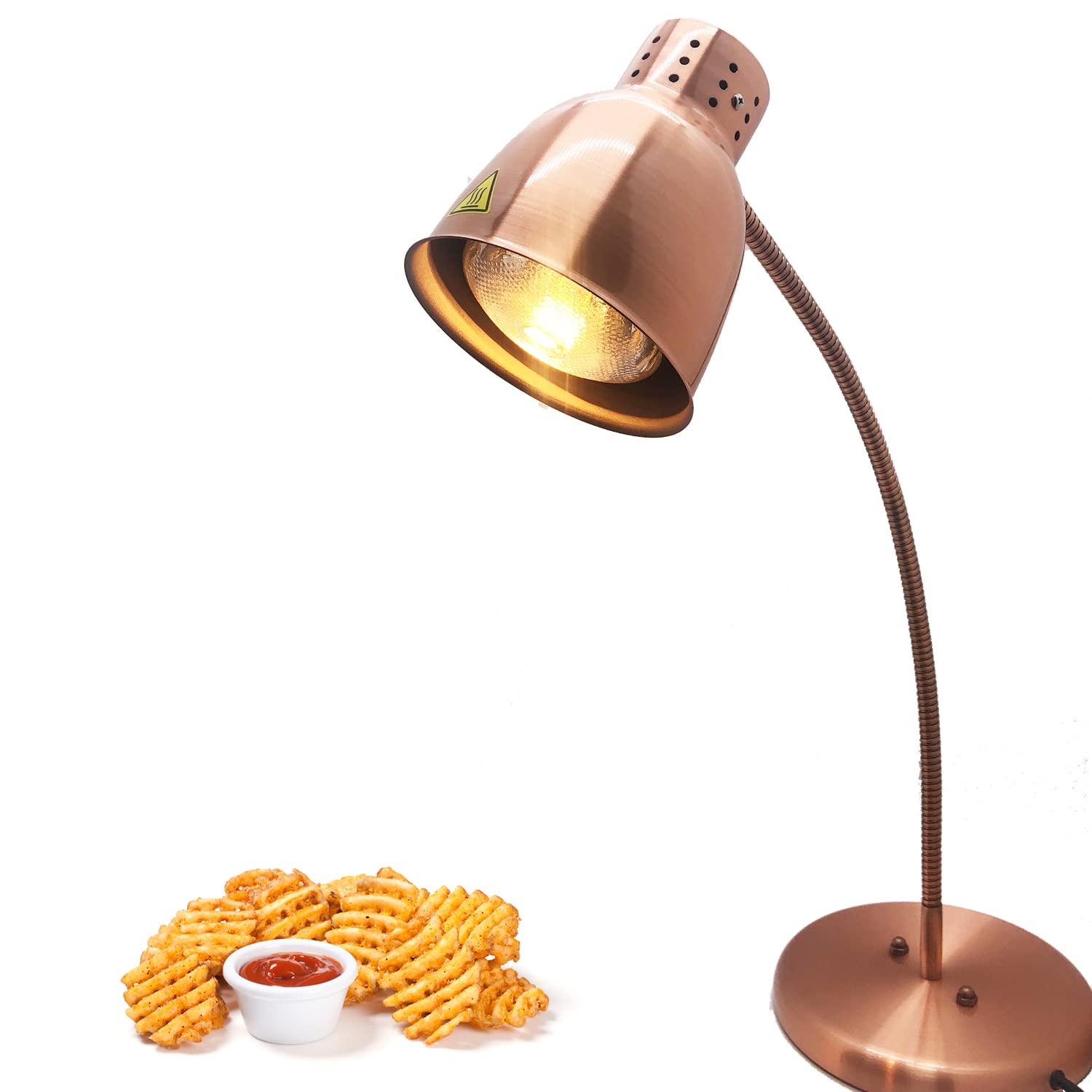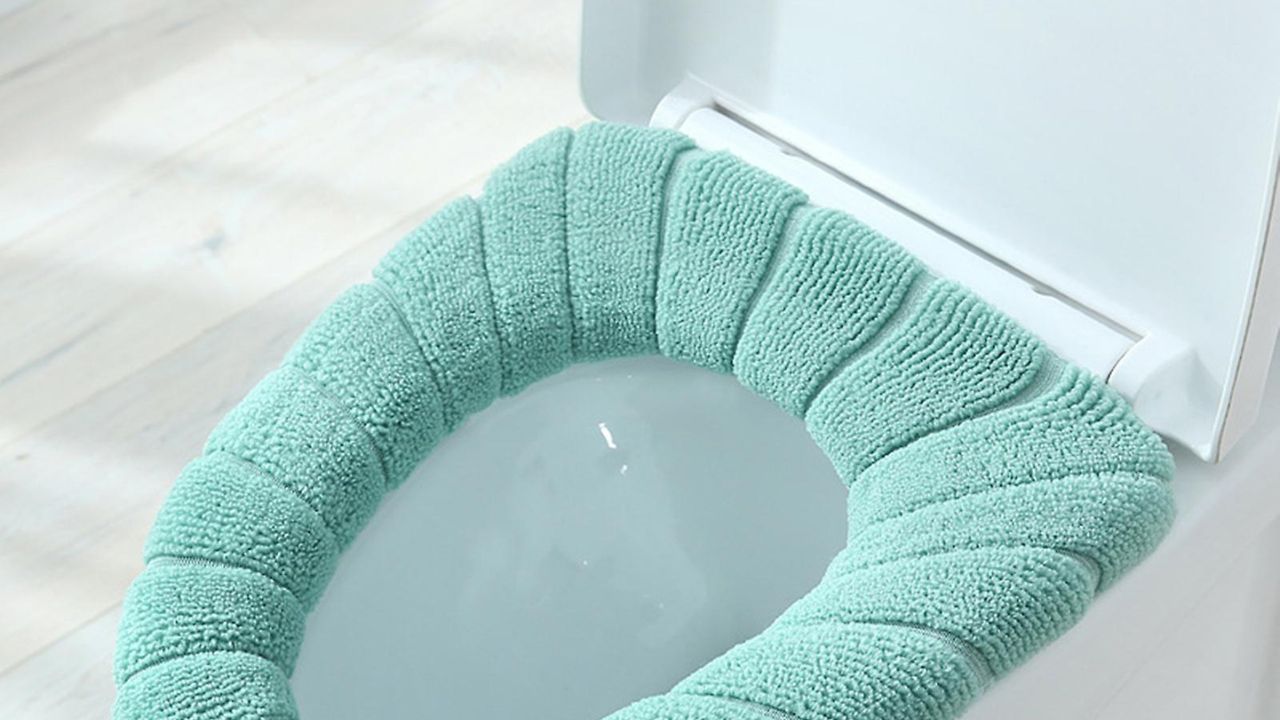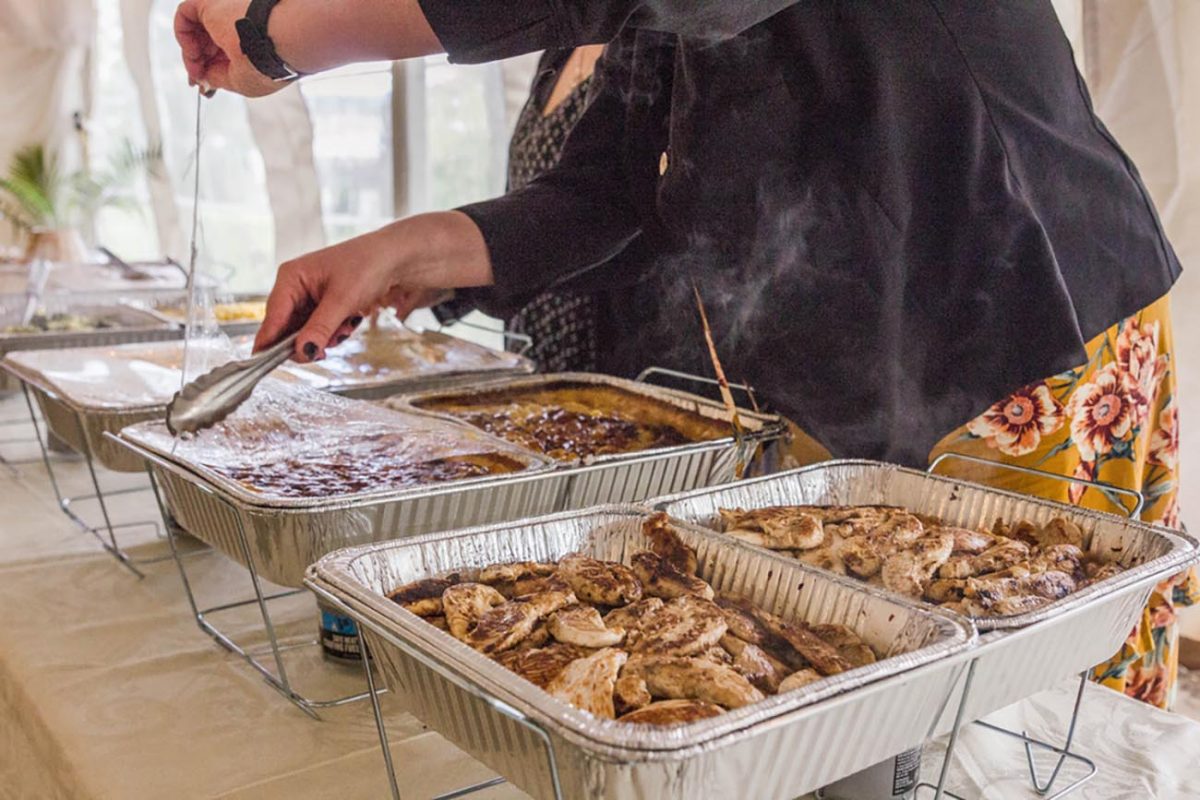Home>Furniture>How To Keep An Egg Warm Without An Incubator Or Heat Lamp
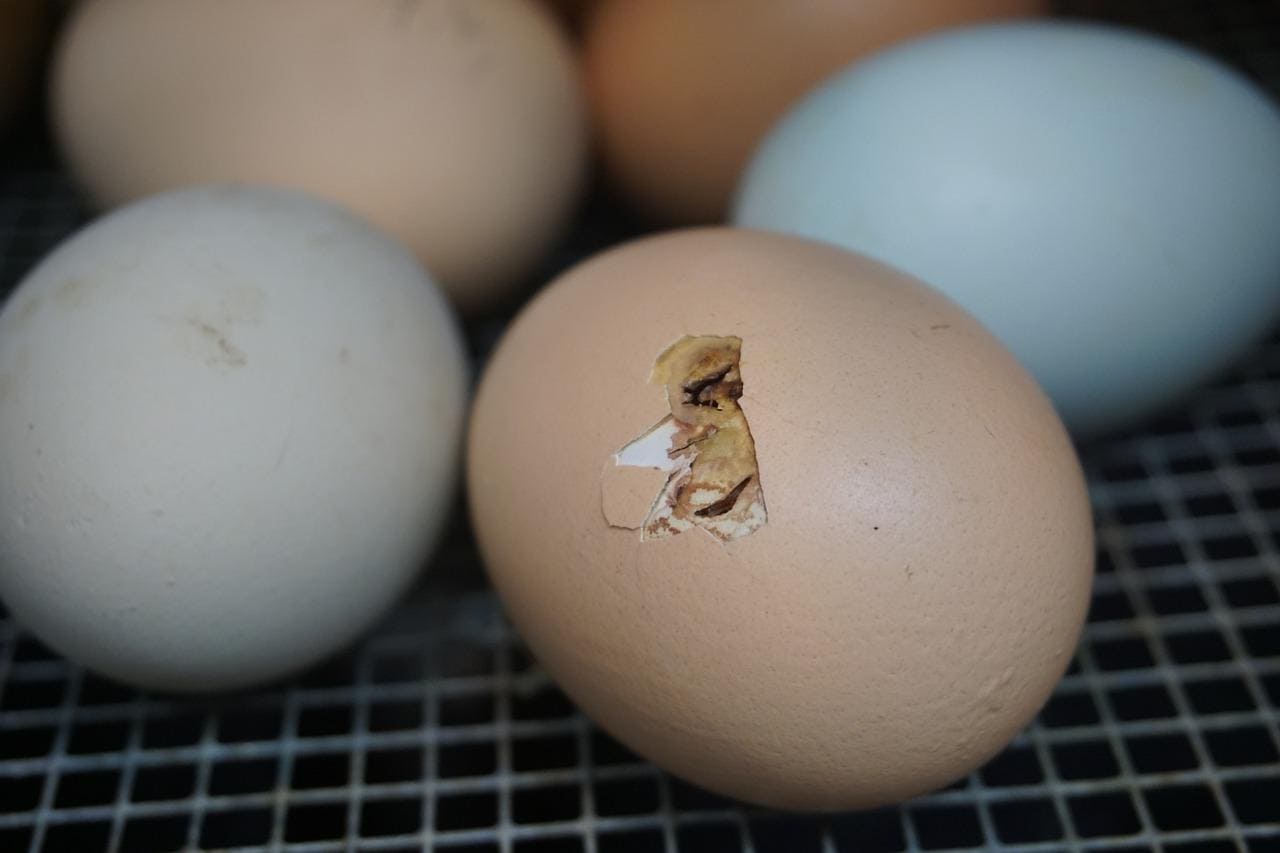

Furniture
How To Keep An Egg Warm Without An Incubator Or Heat Lamp
Modified: December 7, 2023
Learn how to keep an egg warm without an incubator or heat lamp using simple furniture solutions. Keep your eggs safe and cozy with these effective methods.
(Many of the links in this article redirect to a specific reviewed product. Your purchase of these products through affiliate links helps to generate commission for Storables.com, at no extra cost. Learn more)
Introduction
Welcome to our article on how to keep an egg warm without an incubator or heat lamp. Whether you’re a backyard chicken enthusiast or simply stumbled upon an abandoned egg, there are times when you may need to provide warmth to an egg without access to specialized equipment. In this article, we will explore various methods that you can employ using basic household items and natural heat sources to help keep an egg warm and increase the chances of successful hatching.
Keeping an egg warm during the incubation period is crucial as it mimics the warmth that a broody hen would naturally provide. The ideal incubation temperature for most bird eggs, including chicken eggs, is between 99.5°F to 100°F (37.5°C to 37.8°C). Maintaining this temperature range is essential for proper embryo development.
Before we dive into the methods, it’s important to note that these techniques should be used as a temporary solution and should not replace the use of a proper incubator or heat lamp for long-term incubation. However, in emergency situations or short-term scenarios, these methods can serve as a viable alternative to help keep an egg warm.
Now, let’s explore the materials needed and the methods you can use to provide the necessary warmth for an egg without an incubator or heat lamp.
Key Takeaways:
- Get creative with household items and natural heat sources to keep eggs warm in emergencies. Prioritize safety and welfare for successful hatching.
- While not a long-term solution, homemade incubators and body heat can provide temporary warmth for eggs without specialized equipment. Monitor temperature closely.
Read more: How To Keep A Bedroom Warm Without Heating
Materials Needed
Before you start, gather the following materials:
- Thermometer: A reliable thermometer is essential for monitoring the temperature around the egg.
- Cloth or towel: This will be used to insulate and provide a cozy environment for the egg.
- Container: A small box or plastic container can be used to hold the egg and help create a stable and enclosed environment.
- Heat source: Depending on the method you choose, you may need a heat source such as warm water, a heating pad, or a warm object.
- Monitoring device: Optional but useful, a device that records temperature and humidity levels can provide better accuracy in maintaining the ideal conditions.
Once you have these materials ready, you can proceed with the methods outlined below to keep the egg warm without an incubator or heat lamp.
Method 1: Using a homemade incubator
If you’re looking for a more controlled environment to keep the egg warm, you can create a simple homemade incubator using readily available household items.
- Step 1: Find a small box or Styrofoam container that can accommodate the egg. Make sure it has a lid or cover to retain heat.
- Step 2: Line the inside of the box with a layer of cloth or towel to provide insulation.
- Step 3: Place a thermometer inside the box to monitor the temperature. Aim for the ideal incubation temperature range of 99.5°F to 100°F (37.5°C to 37.8°C).
- Step 4: Create a heat source by placing a warm water bottle or a heating pad set on low temperature at one end of the box. This will provide gentle warmth to the egg.
- Step 5: Place the egg in a small cup or indent in the cloth, making sure it is stable and not rolling around.
- Step 6: Cover the box with its lid or wrap it with a thick layer of towels to trap the heat inside.
- Step 7: Monitor the temperature regularly and adjust the heat source if needed to maintain the desired temperature range.
Remember to turn the egg once or twice a day to ensure even heat distribution and prevent the embryo from sticking to the shell. Use caution when handling the egg to avoid unnecessary movement and damage.
This homemade incubator method provides a controlled environment for the egg, and with proper monitoring and temperature adjustments, it can help increase the chances of successful incubation and hatching.
Method 2: Using basic household items
If you don’t have the materials to create a homemade incubator, you can still utilize common household items to provide warmth to the egg.
- Step 1: Find a small container like a bowl or cup that can hold the egg securely.
- Step 2: Fill a sock or cloth bag with rice or dried beans. Microwave it for a short time, around 30 seconds to 1 minute, until it reaches a warm but not hot temperature.
- Step 3: Place the warm rice-filled sock or bag in the bottom of a container.
- Step 4: Create a cozy nest for the egg by covering the warm rice-filled sock or bag with a layer of cloth or towel.
- Step 5: Carefully place the egg on top of the cloth nest, ensuring it is stable and not rolling around.
- Step 6: Cover the container with a lid or towel, creating a warm and enclosed space for the egg.
- Step 7: Regularly monitor the temperature with a thermometer and adjust the rice-filled sock or bag if necessary to maintain the desired temperature range.
This method utilizes the heat retention properties of rice or dried beans to provide warmth to the egg. The cloth or towel acts as insulation, helping to maintain a stable temperature. Keep in mind to periodically check the temperature and adjust the heat source as needed to ensure optimal conditions for the egg.
While this method may not offer the same level of control as a homemade incubator, it can still provide a warm environment for the egg during short-term situations.
Place the egg in a small, insulated box with a warm water bottle or heated rice pack. Check the temperature regularly to ensure it stays around 99-100°F.
Method 3: Utilizing natural heat sources
If you find yourself without access to household items or power sources, you can turn to natural heat sources to keep the egg warm.
- Step 1: Look for a warm and stable location in your home or surroundings. This could be near a heating vent, on top of a warm appliance, or even close to a sunny window.
- Step 2: Create a soft nest for the egg using a layer of cloth or towel to provide insulation and protection.
- Step 3: Place the cloth nest in the chosen warm location, ensuring it is stable and won’t be disturbed.
- Step 4: Gently place the egg onto the cloth nest, taking care not to cause any unnecessary movement or damage.
- Step 5: Monitor the temperature regularly using a thermometer to ensure that it remains within the ideal incubation range.
- Step 6: Adjust the location of the egg if needed to maintain a consistent and appropriate temperature.
By utilizing natural heat sources, such as warm air currents or sunlight, you can provide warmth for the egg without the need for additional materials or equipment. However, it’s important to note that natural heat sources may not offer the same level of control or consistency as other methods. Therefore, frequent monitoring is essential to ensure that the temperature remains within the desired range.
This method can be useful in emergency situations when you don’t have access to conventional heat sources. It’s important to remember that achieving a successful hatch using natural heat sources alone may be less predictable than with more controlled methods like a homemade incubator.
Read more: How To Keep An Entryway Warm Without Heating
Method 4: Using body heat
If you find yourself in a situation where no other heat sources are available, you can harness your own body heat to provide warmth for the egg.
- Step 1: Create a warm and comfortable environment by placing soft materials like cloth or towels in a small box or container.
- Step 2: Hold the egg gently in your hands, making sure to cradle it securely to avoid any accidental movement or dropping.
- Step 3: Position yourself in a comfortable sitting or reclined position, ensuring that your body makes direct contact with the container or materials.
- Step 4: Place the egg inside the warm and cozy nest you created in the container.
- Step 5: Keep the egg nestled against your body, where it can benefit from your body heat.
- Step 6: Maintain a relaxed and still posture to minimize any potential disruptive movement to the egg.
- Step 7: Regularly check the temperature using a thermometer or by feeling the warmth against your skin. Adjust your position or add more insulation if needed to maintain an optimal temperature range.
This method may not be as precise as using other heat sources, but it can serve as a temporary solution in emergency situations. Keep in mind that your body heat alone may not provide consistent temperatures, so it’s essential to monitor the warmth of the egg closely.
Using body heat to keep an egg warm requires patience and attentiveness. However, it can be a natural and effective method when no other options are available.
Conclusion
Keeping an egg warm without an incubator or heat lamp may pose a challenge, but with the methods outlined in this article, you can provide a suitable environment for short-term situations. Whether you opt for a homemade incubator, utilize basic household items, rely on natural heat sources, or use your own body heat, each method offers a way to increase the chances of successful incubation and hatching.
While these methods can serve as temporary solutions, it’s important to note that they may not offer the same level of control or consistency as traditional incubation equipment. It’s crucial to closely monitor the temperature and make necessary adjustments to ensure that the egg remains within the ideal incubation range.
Additionally, it’s important to remember that these methods should not replace the use of a proper incubator or heat lamp for long-term incubation. Specialized equipment provides a more stable and controlled environment for optimal hatch rates.
Lastly, in situations where you find an abandoned or orphaned egg, it’s crucial to consider the circumstances and consult with a professional or experienced individual before attempting any incubation methods. Some eggs may not be viable or suitable for incubation, and it’s important to prioritize the welfare and well-being of the animal in question.
By being resourceful and creative, you can provide warmth and increase the chances of successful hatching for eggs in temporary or emergency situations. Remember to always prioritize the safety and welfare of the eggs and take appropriate steps to provide the best environment possible.
Happy egg incubation!
Frequently Asked Questions about How To Keep An Egg Warm Without An Incubator Or Heat Lamp
Was this page helpful?
At Storables.com, we guarantee accurate and reliable information. Our content, validated by Expert Board Contributors, is crafted following stringent Editorial Policies. We're committed to providing you with well-researched, expert-backed insights for all your informational needs.

